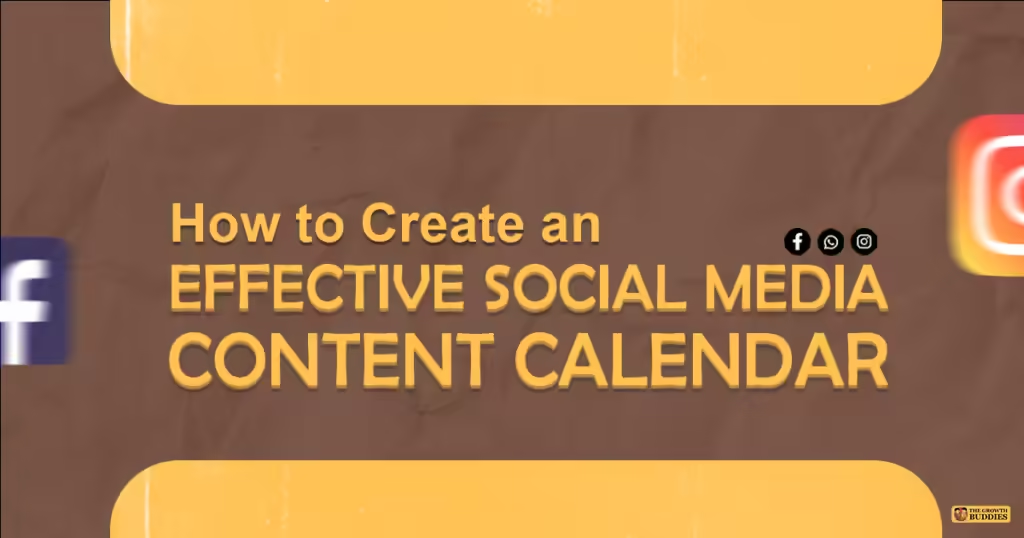
In the dynamic global of social media, consistency and strategy are key to constructing a strong on-line presence. A well-planned social media content calendar allow you to live prepared, submit strategically, and engage your target audience efficaciously. here’s a step-by-step guide to developing one that works for your emblem.
What is a Social Media Content Calendar?
A social media content material calendar is a time table that outlines what, when, and in which you’ll put up for your social media platforms. It ensures constant posting, helps with planning content material round events or campaigns, and permits you to music overall performance through the years.
Why Do You Need a Content Calendar?
- Consistency: Keeps your audience engaged with regular updates.
- Efficiency: Saves time by planning content in advance.
- Strategy Alignment: Helps align content with marketing goals.
- Improved Analytics: Makes tracking and tweaking content easier.
Steps to Create an Effective Social Media Content Calendar
1. Define Your Goals
Begin with clean goals. Are you aiming to increase emblem awareness, pressure internet site visitors, generate leads, or improve engagement? Defining your goals will shape the sort of content you create.
2. Understand Your Audience
Analyze your target market demographics, choices, and behavior. gear like Google Analytics, fb Insights, or Instagram Analytics can provide valuable records to guide your strategy.
3. Choose Your Platforms
Focus on the platforms where your audience is most active. For example:
- Instagram for visual storytelling.
- LinkedIn for professional connections and B2B content.
- TikTok for engaging short-form videos.
- Twitter for quick updates and news.
4. Determine Content Types
Mix different types of content to keep your feed fresh and engaging:
- Educational: How-to guides, tips, or tutorials.
- Promotional: Product launches, discounts, or offers.
- Entertaining: Memes, quizzes, or behind-the-scenes content.
- Interactive: Polls, Q&A sessions, or contests.
- User-Generated Content (UGC): Share content created by your followers.
5. Create a Posting Schedule
Decide how often to post on each platform. A general guideline is:
- Facebook: 3–5 times a week.
- Instagram: 3–7 times a week.
- Twitter: 1–5 times a day.
- LinkedIn: 1–3 times a week.
Schedule posts during peak engagement times based on your audience’s activity.
6. Plan Ahead for Key Dates
Mark important dates such as:
- Industry events or product launches.
- Holidays and special occasions (e.g., New Year, Black Friday).
- Social media trends or themed days (e.g., #ThrowbackThursday).
7. Use Tools to Streamline the Process
Leverage content scheduling tools to automate and manage your calendar efficiently:
- Hootsuite: Great for scheduling and analytics.
- Buffer: User-friendly for small teams.
- Trello or Asana: Ideal for collaboration and tracking tasks.
8. Design Engaging Visuals
Invest in visually appealing content to grab attention. Use tools like:
- Canva for creating graphics.
- Adobe Spark for dynamic visuals.
- InShot for editing videos.
9. Track and Optimize Performance
Analyze your posts’ performance using platform analytics. Identify which types of content resonate most with your audience and tweak your strategy accordingly.
Tips for Success
- Stay flexible: Be ready to adjust for unexpected trends or events.
- Batch-create content: Save time by creating multiple posts in one session.
- Collaborate with your team: Share the calendar and gather ideas regularly.
Conclusion
An effective social media content material calendar is greater than a device—it’s your roadmap to building an attractive and effects-pushed social media presence. by means of making plans strategically and monitoring overall performance, you may make each post remember.
